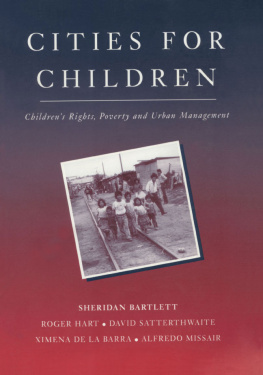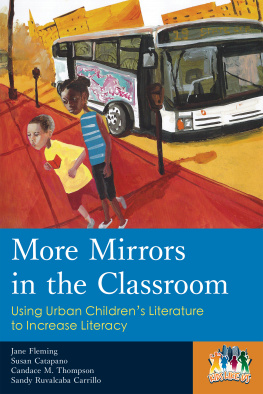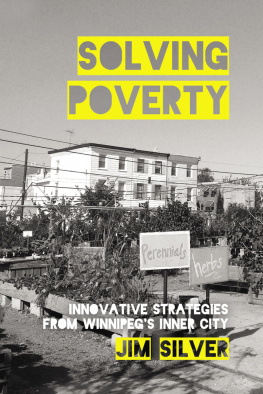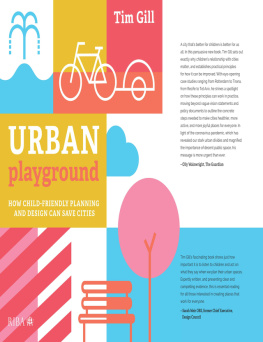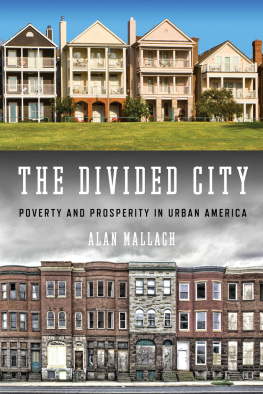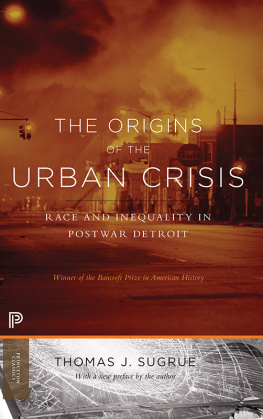Cities for Children
Cities for Children
Childrens Rights, Poverty and Urban Management
Sheridan Bartlett, Roger Hart, David Satterthwaite, Ximena de la Barra and Alfredo Missair
First published by Earthscan in the UK and USA in 1999
For a full list of publications please contact:
Earthscan
2 Park Square, Milton Park, Abingdon, Oxon OX14 4RN
Simultaneously published in the USA and Canada by Earthscan
711 Third Avenue, New York, NY 10017
Earthscan is an imprint of the Taylor & Francis Group, an informa business
Copyright United Nations Childrens Fund (UNICEF), 1999
All rights reserved
A catalogue record for this book is available from the British Library
ISBN 978-1-85383-470-7 (pbk)
Typesetting by PCS Mapping & DTP, Newcastle upon Tyne
Cover design by Declan Buckley
Earthscan is an editorially independent subsidiary of Kogan Page Ltd and publishes in association with WWF-UK and the International Institute for Environment and Development
Contents
Part One
Understanding Childrens Rights and Development
Part Two
Working for Urban Childrens Rights
Part Three
Governance for Childrens Rights
There are many whose contributions should be acknowledged here. First of all, the UNICEF members of the team: Ximena de la Barra conceived and commissioned this book, and critiqued each draft from the perspective of her long experience tackling urban poverty within various contexts. Alfredo Missair contributed not only his broad practical knowledge and love of ideas, but a high level of care and patience in his mindful editing, and a willingness to discuss every alternative in spite of heavy demands on his time. Along with Selim Iltus of the Childrens Environments Research Group, Alfredo also worked on the graphic design of the book.
Many other people within UNICEF also contributed their time to reading and commenting on various chapters. We would like to thank Oscar Castillo-Velasquez MD, Joanne Csete, France Donnay, Elaine Furniss, Alec Fyfe, Sree Gururaja, Gulbadan Habibi, James R Himes, Alfhild Petren, Mary Racelis and Marta Santos Pais. Readers from outside of UNICEF were also invaluable, and we are grateful for their generosity; their names and affiliations are listed below.
Special thanks go to Ladislau Dowbor, who reviewed the entire manuscript, and who brought a great deal of kindness, patience and good humour to this demanding task.
Thanks also to UNICEF staff members who managed various aspects of this effort to Bradley Winneshiek, who coordinated the task of communicating with reviewers; to Michael Kovach, who hunted down details on the availability of resources, and to Theresa Kilbane, who took charge of this project when her colleagues moved to other postings, and who graciously managed it to its conclusion. Lisa Adelson, Nicole Toutounji and Ellen Tolmie in the New York UNICEF photo library, and Caroline Coomber, in the London branch, were all generous with their time and resources. Vicky Haeri coordinated UNICEF relations with our publisher, and we thank her too.
In London, we have an entire institute to thank. The International Institute for Environment and Development (IIED), where David Satterthwaite is based, provided desk space and support for Roger Hart and myself over a period of several months, to make it possible for us to draw on London resources and to collaborate closely with David in writing the book. And finally, thanks to Jonathan Sinclair Wilson, Ruth Coleman and other staff at Earthscan for their work in publishing the book.
Sheridan Bartlett
1999
Names and affiliations of non-UNICEF readers:
Eileen Adams is a Research Fellow at University College, Bretton Hall, a Visiting Academic at Middlesex University and a Tutor on the MSc course in Environmental Education and Development Education at South Bank University.
Caroline Arnold is the regional child development adviser for Asia with Save the Children (US) and Radda Barna.
Rachel Baker is currently lecturing in social anthropology on childhood, South Asia and research methods, as well as consultant for international agencies on child rights issues.
Jeff Bishop, an architect, focuses on community participation in environmental change, with an emphasis on children.
Louise Chawla, a developmental and environmental psychologist, coordinates UNESCOs Growing Up in Cities Project.
Nilda Cosco, educational psychologist, is co-director of the Argentine component of the Growing Up in Cities Project.
Leonard Duhl has been Professor of Public Health and Urban Planning, and Professor of Psychiatry at the University of California in Berkeley and San Francisco and has worked as a consultant with UNICEF, HABITAT, PAHO, WHO (Healthy Cities Programme), and US-based organisations.
Lalitha Iyer is Manager of Habitat Domain Development for PLAN International and has authored several publications on child centred habitat programming.
Pratibha Mehta, LIFE Global Coordinator at the UNDP, Past-Director of LA21 Model Communities Programme at ICLEI, Toronto, Canada and National Research and Training Coordinator, Urban Basic Services for the Poor (UBSP) at the National Institute of Urban Affairs, New Delhi, India.
Robin C Moore, architect and city planner, teaches landscape architecture at NC State University, USA, and is president of the International Association for the Childs Right to Play.
Chongcharoen Sornkaew, Coordinator, child labour programmes in Thailand with IPEC/ILO and others since 1988.
Franz Vanderschueren, Ph.D. Sociology, is presently working in UNCHS (Habitat) within the Urban Management Programme, Safer Cities Programme.
Erik Vittrup C is the Regional Programme Coordinator for CDP/UNCHS (Habitat).
Heidi Watts, formerly Chair of the Education Department at Antioch New England, is now Professor Emerita, and a trainer of teachers in Tamil Nadu.
Hundreds of millions of children in the worlds cities live in conditions that threaten their health, wellbeing and long term prospects. The responsibility for these endangered children is increasingly being delegated to local governments. Here a girl stands with her brother outside their home in a squatter settlement near Kamlapur Railway Station in Dhaka, Bangaldesh. UNICEF 1997, Shehzad Noorani
This book is intended as a source of information for local authorities and their partners as they work to make their cities better places for children and adolescents. It looks at the responsibilities that authorities face in this regard, and discusses practical measures for meeting these challenges in the context of limited resources and multiple demands.
Children throughout the world have much in common. They want to live among family and friends and to feel safe in their homes and communities. They want clean water to drink and enough to eat. Around the world they tell us that they want space for play, and places where they can escape from noise and smells and garbage. They would like to be respected by adults and to have a real part in the lives of their communities. And they want the kind of education that will give them a future. These are not unreasonable requests, but for more than one third of the worlds children they are only a dream.



